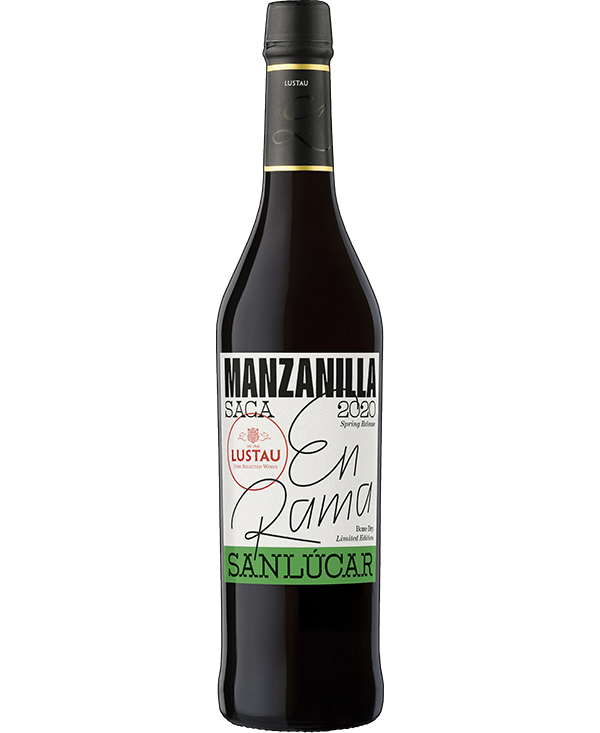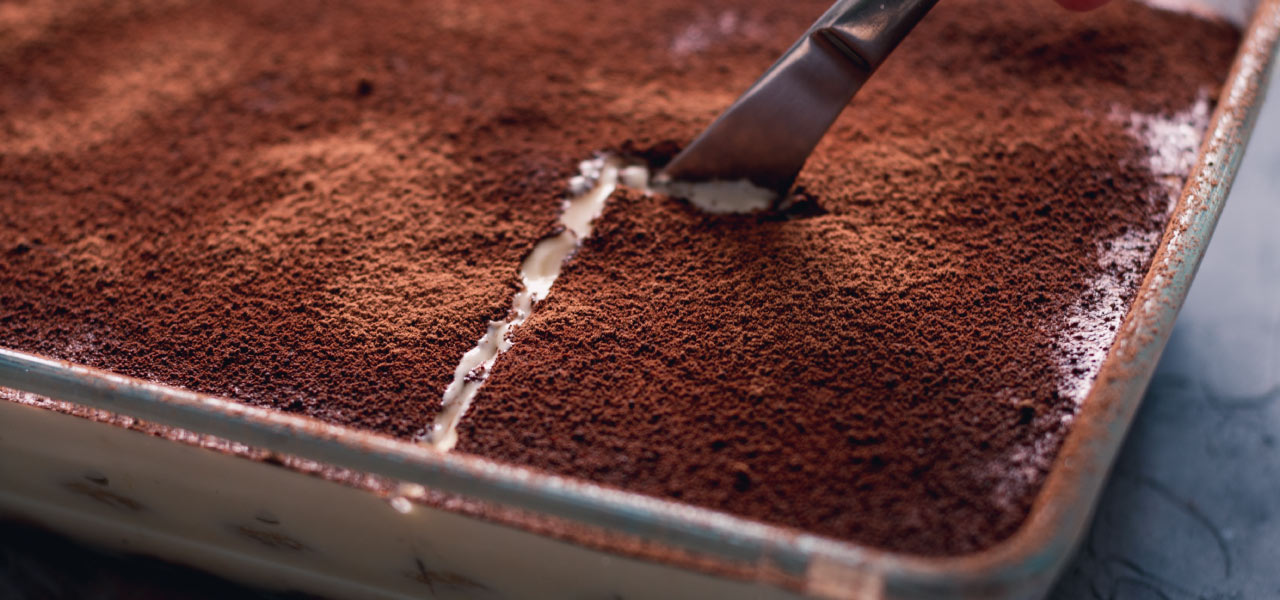It’s that time of year again, when the cold starts to break and warmer weather gradually begins to grace us with its presence.As the seasons change, we often seek out and welcome food and drink that reflects our surroundings.When things start to heat up, our desire for beverages that quench our thirst and cool us off grows exponentially with the increase in temperature.In a world filled with slushies and punches, there is one classic cocktail that has been helping us usher in Spring and Summer for centuries: Sangria
PAIRING: PICKLES
Full Ingredients list
- 1 1/2 pounds Kirby or Persian cucumbers
- 4 cloves garlic, peeled and smashed
- 2 teaspoons dill seeds
- 1/2 teaspoon red pepper flakes (optional)
- 1 cup apple cider vinegar (or other vinegar)
- 1 cup water
- 1 1/2 tablespoons pickling salt or kosher salt

PICKLES LEFT AND RIGHT
We could say that a pickle fascination is sweeping the nation, with dill pickle toppings and seasonings in such high demand that they’re appearing on popcorn, chewing gum, seeds, and nuts. Wanna order a pickle pizza with a side of pickle potato chips and wash it down with a pickle beer? Possible. Need dessert? Choose from pickle cotton candy, pickle ice cream, and pickle marshmallows.
History tells us that the inclination of English speakers toward this sour specialty isn’t a recent phenomenon. As this Bon Appétit review explains, the [somewhat unclear] origin and meaning of the idiom “in a pickle” takes us back to the sixteenth century, with theories involving all-time stars like Shakespeare, among others.
Since Dutch farmers started growing cucumbers in Brooklyn in the 17th century that were eventually pickled and sold, and then surges of Eastern European Jewish immigrants brought kosher dill pickles to New York City, the association between The US and pickles (mostly cucumbers) has assembled a broad variety of genres, stories, and interconnections of all sorts:
Because this is just the beginning… have you ever played pickleball (1965)? A paddle sport widely practiced across America these days that got its name as “a reference to the thrown-together leftover non-starters in the “pickle boat” of crew races” in the WA state area. And the “pickle boat” is the last boat to finish in a race.
“The term is said to have come from a practice of the fishing fleets, when the last boat of a flotilla to return to port was the boat that stayed at sea while the crew “pickled” the catch with brine. From that came the pickle boat in competitive rowing.”
Or perhaps you are a serious baseball fan? Then you may know the story, also published in The New York Times on May 10, 1968, that narrates the use of pickle brine to turn a soft-handed young pitcher into a Hall of Famer! Here is a copy of the original paper. In that case, you may also be familiar with the Portland Pickles, and what recently happened to Dillon, their beloved team’s mascot.
Furthermore, if you live in the northern half of the continental USA, or somewhere where snow and ice aren’t uncommon events during the winter, you may still not know that pickle brine is on your side when it comes to keeping the roads accessible. Learn more here.
Wait, you said you enjoy watching a funny movie every once in a while? I personally had a good time watching An American Pickle (casting the brilliant Seth Rogen) last weekend. Older filming productions on the topic include: “The Pickle Recipe” in 2016 and “The Pickle” in 1993. Look them up! Or are you more of a cartoon aficionado? This 25th-anniversary retrospective of the world-famous comic strip by Brian Cane will have you falling out of your comfy chair.

Let’s be honest, Spanish pickles aren’t nearly as entertaining as American ones, but they are equally tasty! The term “encurtidos” embraces several vegetables that have been pickled with some sort of brine. Olives, small cucumbers, little ‘cocktail’ onions, and guindilla peppers are among the most popular, easily found in any “la hora del vermut” assortment. But multiple ingredients can be used, and the diversity of options sold in grocery stores is staggering.
WHAT TYPE OF SHERRY WINE PAIRS BEST WITH PICKLES?
The same NYT article we referred to above covering America’s adoration for pickles reads:“Pickle flavor hits all the right notes for people—especially those under 40—who are looking for bigger, bolder, brighter and sourer flavors, food and beverage researchers said.” And continues “It’s a tanginess that appeals to a lot of consumers, especially younger ones.” Well, if you enjoy tangy food, we have your kind of wine: dry, biologically (under Flor yeast) aged sherry.
Briny, tangy, sharp, herbal, and saline are all common descriptors of these wines. How can these not be the best wines to go with these pungent preparations? We truly think we have the wines to make your culinary experience an unforgettable one, and out of many possibilities, we have selected this Lustau Manzanilla En Rama (saca 2021).
The wine not only packs all those elements that will sing with your pickles of choice, but this particular release (bottled unfiltered in May 2021 from just two and half outstanding barrels) also concentrates all those flavors and textures to a superior expression. This could well be the ultimate wine for pickles!
HOW TO PREPARE HOME MADE PICKLES
We expectedly came across so many interesting recipes on the internet that it was difficult to choose which one to share with you, but we went with an easy one to help you avoid finding yourself in a pickle. Note that pickling can be a simpler or more complex process depending on the method you choose:
Brined pickles are prepared using the traditional process of natural fermentation in a brine which makes them grow sour. The brine concentration can vary between 20 and more than 40 grams of salt per liter of water (3.2–6.4 oz/imp gal or 2.7–5.3 oz/US gal). Vinegar is not needed in the brine of naturally fermented pickled cucumbers. This process may take weeks to reach pickle perfection.
On the other hand, a “quick” pickle is basically, any kind of fruit or vegetable that’s been chilling (literally, in the fridge) in vinegar, water, salt, (usually) sugar, and some mix of aromatics. Quick pickles aren’t fermented, so they don’t develop quite the same funky flavor. But they’re faster to make, requiring only a day or so hanging out in their bath before they’re ready to snack on. You also want to keep them in the fridge.
WHAT VINEGAR IS THE BEST TO MAKE PICKLES?
According to a respected source: “Pretty much any basic vinegar is fair game when pickling, but whatever you choose is going to come through in your finished pickles—in a big way.”
Our choice here is unmistakable: artisanal Sherry Vinegar from the Jerez region in Spain, which by the way we would never define as ‘basic’ but one of the most complex, characterful, and intense kinds of vinegar in the world. So much so, that some adjustments to the measurements in the above recipe may be considered.
Tip: start by lowering the percentage of vinegar versus water by 25%, if not too vinegary, proceed to increase the amount of vinegar in the next batch, until you find your sour spot.
INSTRUCTIONS
- Prepare the jars.
- For refrigerator pickles, simply washing the jars and lids is fine.
- Prepare the cucumbers.
- Wash and dry the cucumbers. Trim away the blossom or stem end of the cucumber, which contains enzymes that can lead to limp pickles. Leave the cucumbers whole, cut them into spears, or slice them into coins, as desired.
- Add the spices to the jars.
- Divide the garlic, dill seed, and red pepper flakes between the pint jars: 2 smashed cloves, 1 teaspoon dill seed, and 1/4 teaspoon red pepper flakes (if using) per jar.
- Pack the cucumbers into the jars. Trim the ends if they stand more than 1/2 inch below the top of the jar. Pack them in as tightly as you can without smashing the cucumbers.
- Bring the pickling brine to a boil.
- Place the vinegar, water, and salt in a small saucepan over high heat and bring to a rolling boil. Pour the brine over the pickles, filling each jar to within 1/2-inch of the top. You may not use all the brine.
- Remove any air bubbles.
- Gently tap the jars against the counter a few times to remove all the air bubbles. Top off with more pickling brine if necessary.
- Tighten the lids.
- Place the lids over the jars and screw on the rings until tight.
- Optional — Process the pickles for longer storage.
- For longer storage, place the jars in a boiling pot of water to can them. When the water comes back to a boil, set the timer for 5 minutes and remove the jars immediately. Make sure the lids pop down; if they do not, refrigerate those pickles and eat them first.
- Cool and refrigerate. Let the jars cool to room temperature. If you processed the jars, they can be stored unopened at room temperature. If unprocessed, refrigerate the pickles. The pickles will improve with flavor as they age — try to wait at least 48 hours before cracking them open.
- Storing pickles.
- Canned pickles will keep for at least a year on the shelf and for several weeks in the refrigerator once opened; refrigerator pickles will keep for several weeks.






